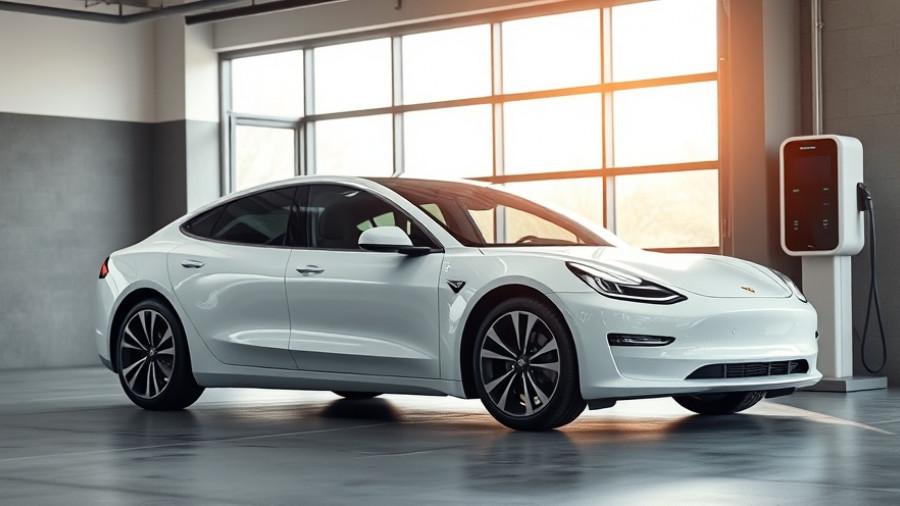
The Groundbreaking Shift in Lithium Metal Anode Production
As the demand for more efficient and sustainable battery technologies grows, RWTH Aachen University is paving the way with its new process for producing ultra-thin lithium metal anodes, recognized as potential game-changers in the battery industry. This innovative technology, named ‘LIMA’, involves a controlled melt coating process that promises to revolutionize the manufacturing of lithium metal, essential for next-generation solid-state batteries.
Understanding the Challenges with Conventional Processes
Traditionally, manufacturing lithium metal anodes has been both complex and cost-prohibitive. Conventional techniques often rely on multi-stage rolling processes that start with thick lithium foil, typically measuring around 100 micrometers, and reduce it to just 20-25 micrometers through rolling, resulting in substantial material loss. Current methods not only lead to inefficiencies but also struggle to achieve the necessary thinness and homogeneity in the anodes, critical for performance in higher density batteries.
Introducing the LIMA Process: Efficiency and Sustainability
In contrast, the LIMA process enables a more direct route to achieve high-quality lithium anodes. By melting lithium ingots and applying them to substrate foils in a controlled manner, researchers at RWTH Aachen University can create anodes that are not only thinner and more durable but also significantly reduce waste. Prof. Achim Kampker, director of the Chair of Production Engineering of E-Mobility Components (PEM), notes that this new method can establish a Lithium metal anode production capacity in Europe independent of other markets.
Benefits of the LIMA Process for Solar and EV Integration
The implications of this technology are broad, particularly for home and businesses integrating renewable energy solutions like solar-powered lithium battery systems. As lithium-ion batteries become increasingly efficient, their role in energy storage for residential solar systems and electric vehicles (EVs) can lead to enhanced performance and extended lifespans. With the LIMA’s potential to optimize lithium usage, homeowners can expect less waste, lower costs, and better energy resilience.
Diving Deeper: Material Savings and Process Control
Gerrit Bockey, a leading researcher on the LIMA project, emphasizes the precision control this method provides. Unlike traditional methods requiring mechanical post-processing, the LIMA allows for exact layering without significant material wastage. This could mean lower costs for manufacturers and, ultimately, for consumers looking to adopt solar and green technologies. Moreover, as the world pivots towards sustainable practices, innovations like LIMA will underline an industry shift towards more responsible sourcing and usage of materials.
The Future of Battery Technologies and Energy Sustainability
The demand for advanced energy storage solutions is projected to soar, driven by a global shift towards electrification and renewable energy. In fact, the lithium-ion battery market alone is expected to reach unprecedented heights, emphasizing the need for innovation in the sector. Technologies like the LIMA process at RWTH Aachen could provide the missing keys to unlocking a scalable, cost-efficient battery technology that aligns with the global push for greener alternatives.
Final Thoughts: A Call for Sustainable Technology Adoption
As society moves towards a cleaner, greener future, innovations in battery technology will play a critical role. The LIMA method showcases the necessary steps we must take to ensure the sustainability of emerging technologies. As homeowners and businesses increasingly adopt renewable solutions, staying informed about advancements in lithium battery manufacturing could help them discover effective ways to enhance their energy independence and efficiency efforts. The time to act is now—embrace the future of sustainable energy!
 Add Row
Add Row  Add
Add 



Write A Comment